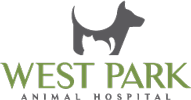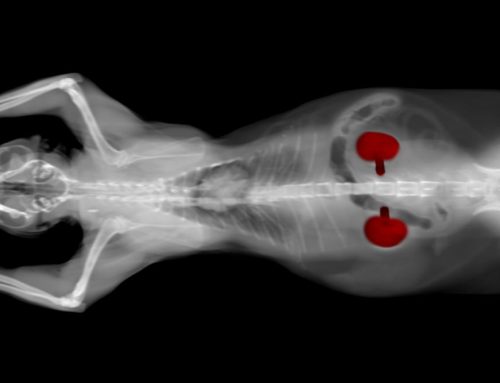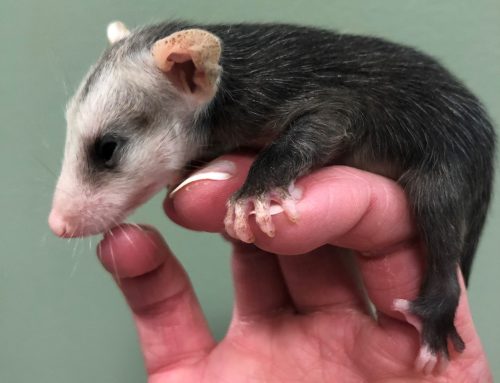We often get asked about dental care for pets, and specifically if they need dental treatment under anesthesia. You may have experienced this with a previous pet, or at another veterinary hospital where it was called a “dental”, a “cleaning” or a “prophy” (short for dental prophylaxis), but many pet parents don’t understand what happens during this procedure or why it is often recommended. We’ll try to clear up some of the misconceptions about veterinary dentistry, but we want you to know that our veterinarians are available to answer your questions and are dedicated to spending time with you during your appointment to make sure you are comfortable with all of our recommendations for your pet.
When your pet comes to visit our Westchase office, our veterinarians will perform a nose-to-tail-exam. If they notice dental problems developing they may recommend a further, more extensive, exam and treatment under anesthesia. This procedure is much more than just a simple cleaning, it is truly a diagnostic and treatment. We know that dental disease is much like an iceberg. The visible portion is often only a small fraction of the problem, and many times the real concern is under the gums. During this complete oral health assessment and treatment, our veterinarians and veterinary technicians will examine each tooth above and below the gum line. This type of thorough examination is not possible without anesthesia. We occasionally receive questions about “anesthesia free” dentistry, and it is important to note that these procedures should be considered purely cosmetic and are in no way helpful in relieving all the disease that occurs in a pet’s mouth.
Dental X-Rays are also an important part of our dental procedure at West Park Animal Hospital because they allow us to catch so many hidden problems. Every pet that undergoes a dental cleaning and treatment at our hospital gets full mouth dental x-rays. Even in an otherwise healthy pet we sometimes find surprises. Our own hospital pet had two teeth that had not erupted (were hidden below the gums) that eventually needed to be removed. We never would have seen these teeth or noticed the pain they were causing her without this advanced imaging. X-Rays are also very helpful if we need to remove any teeth. They allow us to make sure we have removed the entire tooth root so none of the diseased tissues remains in your pet’s mouth.
Another rare, but important reason for a pet’s bad breath can be an oral masses or tumors. While these are uncommon, they can be a serious threat to your pet’s health and a complete oral exam under anesthesia allows to fully exam where the mass is coming from and obtain a sample for laboratory analysis. Your pet might also need oral surgery to remove this mass. Boxers and some other breeds can get a type of growth in their mouth called gingival hyperplasia which is an overgrowth of the gum tissue.
While we understand that many pet parents are concerned about their pets going under anesthesia, the benefits of a thorough dental prophylaxis and oral health exam are numerous. Much like in humans, dental disease can cause severe pain and infection within the mouth as well as significant disease in the heart, liver or kidneys. Addressing dental disease early and appropriately will help prevent some of these issues. Our veterinarians and veterinary staff take every anesthetic procedure very seriously and only recommend them if they believe that this procedure is in the best interest of your dog or cat. We also do a full blood screen and use advanced monitoring to keep them as safe as possible. It’s what we would do for our own pets and it’s what we do for all of our patients. If you are looking for a vet in Odessa, Keystone, Westchase, or the surrounding areas that will spend time with you to talk about what is best for your pet and that will always treat them like they are one of our own family, give us a call at (813) 749-6863 to book an appointment. You can also always request an appointment online.





Leave A Comment